Achieving Psychological Safety at Work
What is Psychological Safety?
Psychological safety describes a working climate where there is an interpersonal trust and a mutual respect amongst team members. Psychologically safe team members feel confident that no one in their team will embarrass or punish anyone else for admitting a mistake, asking a question, or offering a new idea. When a person feels psychologically safe in the workplace it means that when asking for help, seeking feedback, admitting errors or lack of knowledge, trying something new or voicing work-related dissenting views, they know that this will be met with a positive response, rather than a interpersonal or social threat.
You can identify whether you feel psychologically safe in the workplace by considering the following 4 questions:
Do you feel comfortable in admitting mistakes?
Do you feel that you can learn from failures rather than be reprimanded for them?
Do you feel comfortable sharing ideas and alternative views?
Do you have the confidence to make decisions without informing your line manager first?
If your answer to any of the above is ‘no’, the chances are you do not feel fully psychologically safe in your workplace.
The 2 Elements of Psychological Safety
In 2012, Google, launched a study named Project Aristotle with the aim of finding out what it was that made the most successful teams, successful. They analysed over 100 teams to find out what separated the best from the rest. A few factors emerged like goal setting, team culture, and defined roles; but it was found that the Number 1 contributing factor to a team's overall performance, was Psychological Safety.
Upon reading Google’s research, we wanted to find out what it actually was that made people feel psychologically safe in the workplace. We started by establishing the first element: Trust. We discovered that the higher the level of trust is between colleagues, the more psychologically safe we feel to share our ideas and opinions, show emotion, express concerns and disagree with others. But we felt there was still something missing and asked ourselves, what is it that allows us to trust others?
Freedom! If we feel restricted or weighed down by any aspect of our work, we do not feel psychologically safe. Feeling free to show vulnerability, discuss our mistakes and have the opportunity to truly understand our colleagues all contribute towards us feeling truly psychologically safe at work.
Once we established the 2 factors that contribute towards psychological safety in the workplace, we broke them down into 8 fundamentals…
How would you rate the strength of your psychological safety based on the 8 fundamentals above? If you’re a leader of a team, perhaps you can get each member of the team to rate their strength of your psychological safety too.
The Psychological Safety Grid
The Psychological Safety Grid identifies 4 areas that an individual or team can fall into based on their levels of freedom and trust in the workplace.
Psychological Volatility - “I contribute but don’t trust.”
Psychological Shutdown - “I don’t trust or contribute.”
Psychological Acceptance - “I trust and follow.”
Psychological Safety - “I trust and contribute.”
Although the ideal would be for everyone to fall into the Psychological Safety segment, if someone falls within the Psychological Acceptance segment, it’s not the end of the world; as long as the person is happy following and doesn’t feel restricted due to their lower levels of perceived freedom. If an individual or a team falls into the psychological volatility or psychological shutdown segments however, action needs to be taken.
In Summary: achieving a strong level of psychological safety in the workplace is very important. How comfortable someone feels when they’re at work has a huge effect on how they perform within their role and how loyal they are to the organisation that they work within. The 2 elements that contribute towards psychological safety are freedom and trust. If one of them is missing, true psychological safety cannot be achieved. By using the tools outlined in this blog, you can take the steps to establish, and increase the level of psychological safety within your working environment.
You can access more content like this with a T2 Hub licence.




